Dried Ginseng Root: Learn How To Store Ginseng Plants
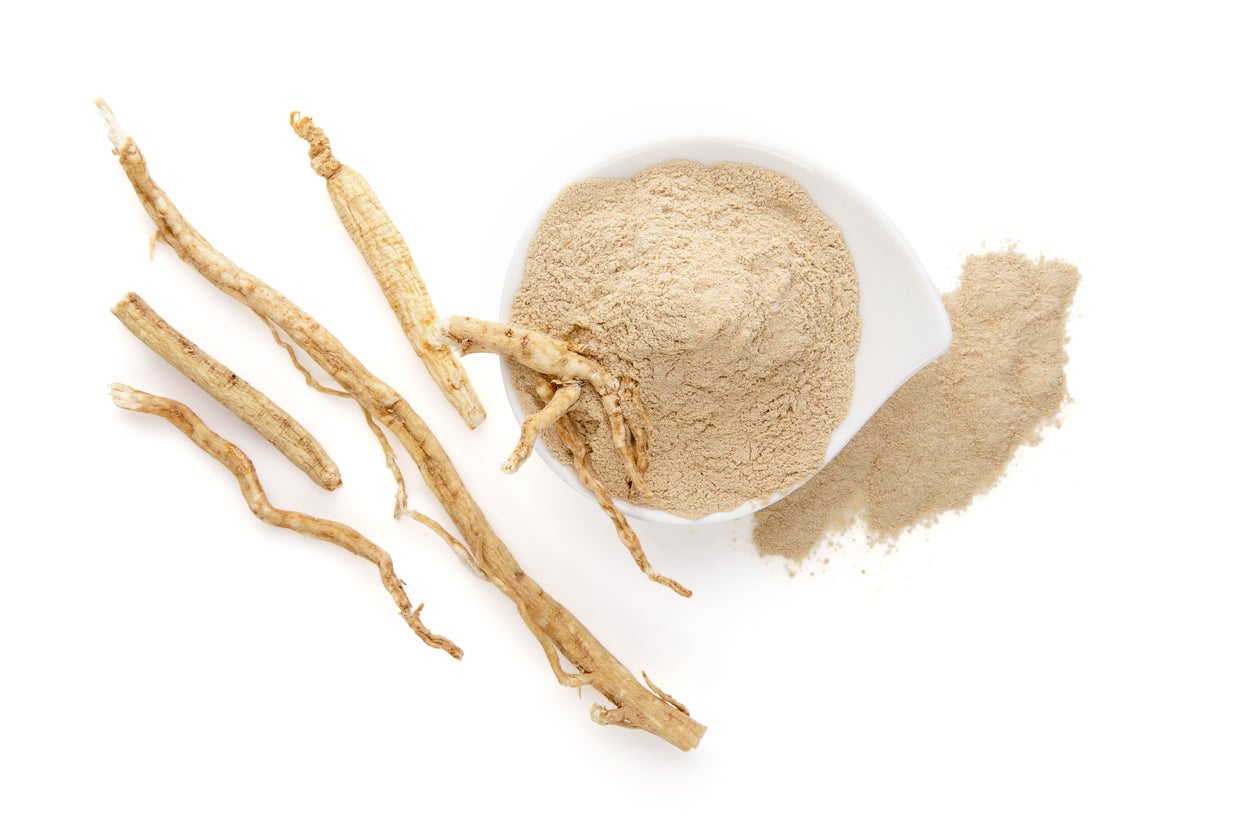
Growing ginseng as an alternative crop is increasing in popularity. Dried ginseng root is a popular curative herb in China that has been harvested for centuries, so much so that native ginseng has pretty much been eliminated. That makes American ginseng a potentially lucrative crop, but it does take some commitment and it is necessary to learn how to dry ginseng root properly and store for later use.
About Dried Ginseng Root
Ginseng is a perennial native herb found throughout the deciduous forests of the eastern United States. It was one of the earliest marketable herbs exported to ginseng hungry China. It was once abundant but was over-harvested in the mid 1970’s and is now more commonly grown as an alternative crop.
Ginseng is prized in Asia and can be quite profitable, however, it can take eight to ten years before that profit is realized. Older roots of eight to ten years of age command a higher price than younger roots. This means that proper drying and storing practices are imperative. As they say, one bad apple can spoil the bunch.
Ginseng root is dried until it is hard; it should easily snap in two. The inside of a properly dried root should be entirely white. Drying the root too quickly will create a brown ring inside the root and drying too slowly may foster mold.
Drying and Storing Ginseng
There are many ways to dry ginseng root. Some people use dehumidifiers and heaters or wood stoves and fans. There are also commercial herb driers available, but they are only suitable for drying small amounts of the root. Larger units are available, but they can be quite expensive. Whatever your drying set-up, the critical issue is to avoid drying the roots too quickly, yet rapidly enough that mold doesn’t set in.
It’s of paramount importance to supply the drying roots with adequate ventilation and a consistent air temperature. Usually, roots are dried on racks or screens set up above floor level to provide air flow. Before drying the roots, wash them off with a low pressure stream of water; never scrub them.
Be sure to spread the roots out so they do not come into contact with each other. Rotate the roots on occasion to make sure that they are drying on all sides.
Gardening tips, videos, info and more delivered right to your inbox!
Sign up for the Gardening Know How newsletter today and receive a free copy of our e-book "How to Grow Delicious Tomatoes".
Ideal drying temperatures should be between 70 and 100 degrees F. (21-38 C.). Temperature, weather, humidity, and the method for providing heat will all be variables when drying ginseng root. That said, it should take between one and two weeks for the roots to completely dry at a temp of about 70 degrees F. (21 C.). Of course, small roots dry more rapidly than large roots, which can take up to six weeks.
Continually inspect the roots to check and see if they are drying all the way around. As mentioned above, a properly dried root will snap in two easily and should be completely white inside with no sign of mold.
How to store ginseng once the roots are dry? Simply store them in paper bags or boxes, never plastic. Plastic increases the humidity and may cause the precious roots to mold.

Amy Grant has been gardening for 30 years and writing for 15. A professional chef and caterer, Amy's area of expertise is culinary gardening.
-
 Get Ready For A Summer Of Hummers! Grow These Full Sun Hummingbird Plants and Flowers
Get Ready For A Summer Of Hummers! Grow These Full Sun Hummingbird Plants and FlowersIf you’re lucky enough to enjoy a sunny backyard, make sure you are maxing out on your pollinator opportunities and grow these full sun hummingbird plants and flowers
By Tonya Barnett
-
 12 Lush Alternatives To A Lawn For Sustainable Spaces
12 Lush Alternatives To A Lawn For Sustainable SpacesAlternatives to a lawn are beautiful and also beneficial to your local ecosystem and its pollinators. Explore our top picks for plants to replace grass.
By Tonya Barnett
-
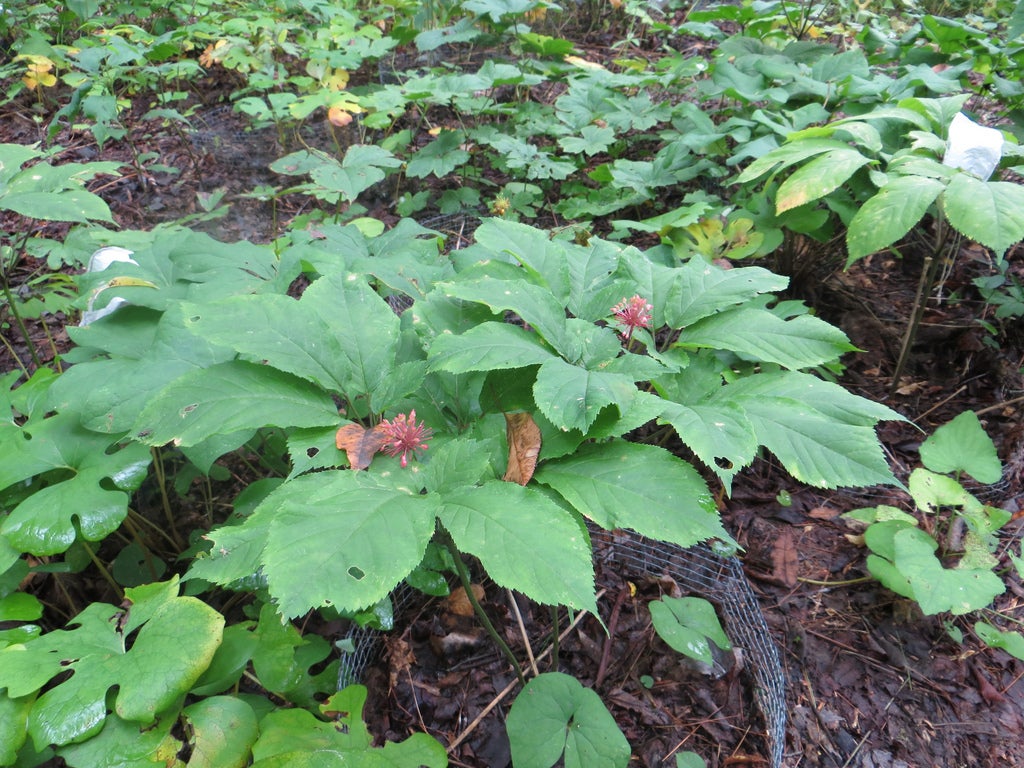 Ginseng Winter Care – What To Do With Ginseng Plants In Winter
Ginseng Winter Care – What To Do With Ginseng Plants In WinterMany people are able to produce adequate crops of ginseng root in a wide range of climatic conditions. With special consideration and the establishment of seasonal care routines, growers can maintain healthy ginseng plants for years to come. Learn about winter care here.
By Tonya Barnett
-
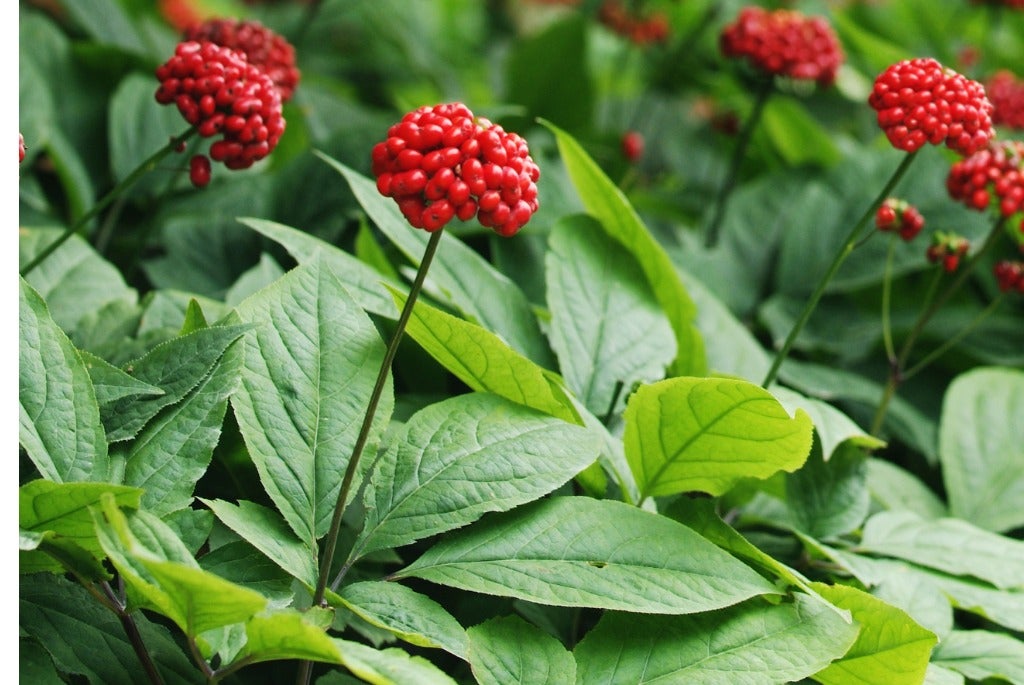 What Is Asian Ginseng – Learn How To Grow Korean Ginseng Plants
What Is Asian Ginseng – Learn How To Grow Korean Ginseng PlantsGinseng is featured prominently in a number of energy drinks, tonics and other health related products. On many of these products, the type of ginseng is called Asian or Korean ginseng root. The following article discusses how to grow Korean ginseng root.
By Amy Grant
-
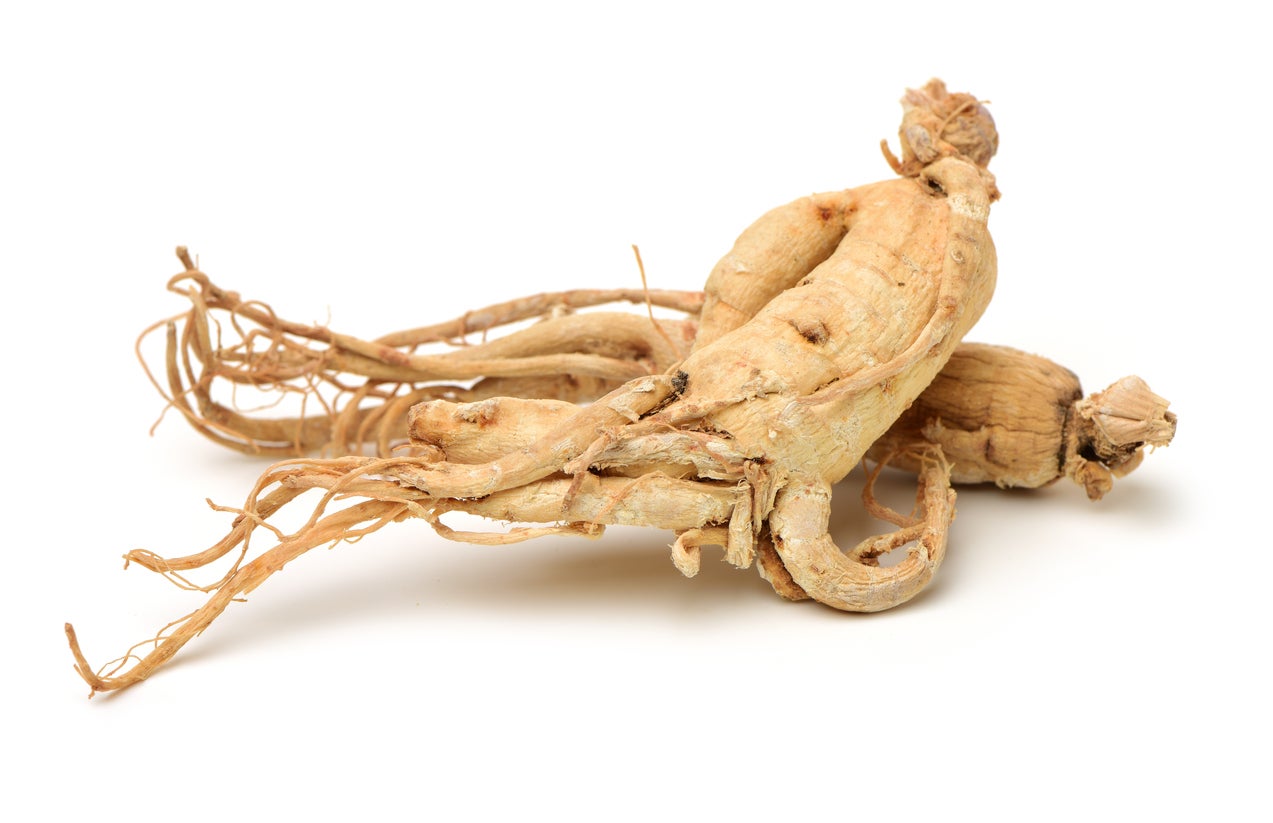 Wild Simulated Ginseng Plants: How To Grow Wild Simulated Ginseng
Wild Simulated Ginseng Plants: How To Grow Wild Simulated GinsengGinseng can command a significant price and may be an excellent opportunity for non-timber income on forest lands, which is where some enterprising growers plant ginseng. Click here to find out what wild simulated ginseng is and how to grow this plant yourself.
By Amy Grant
-
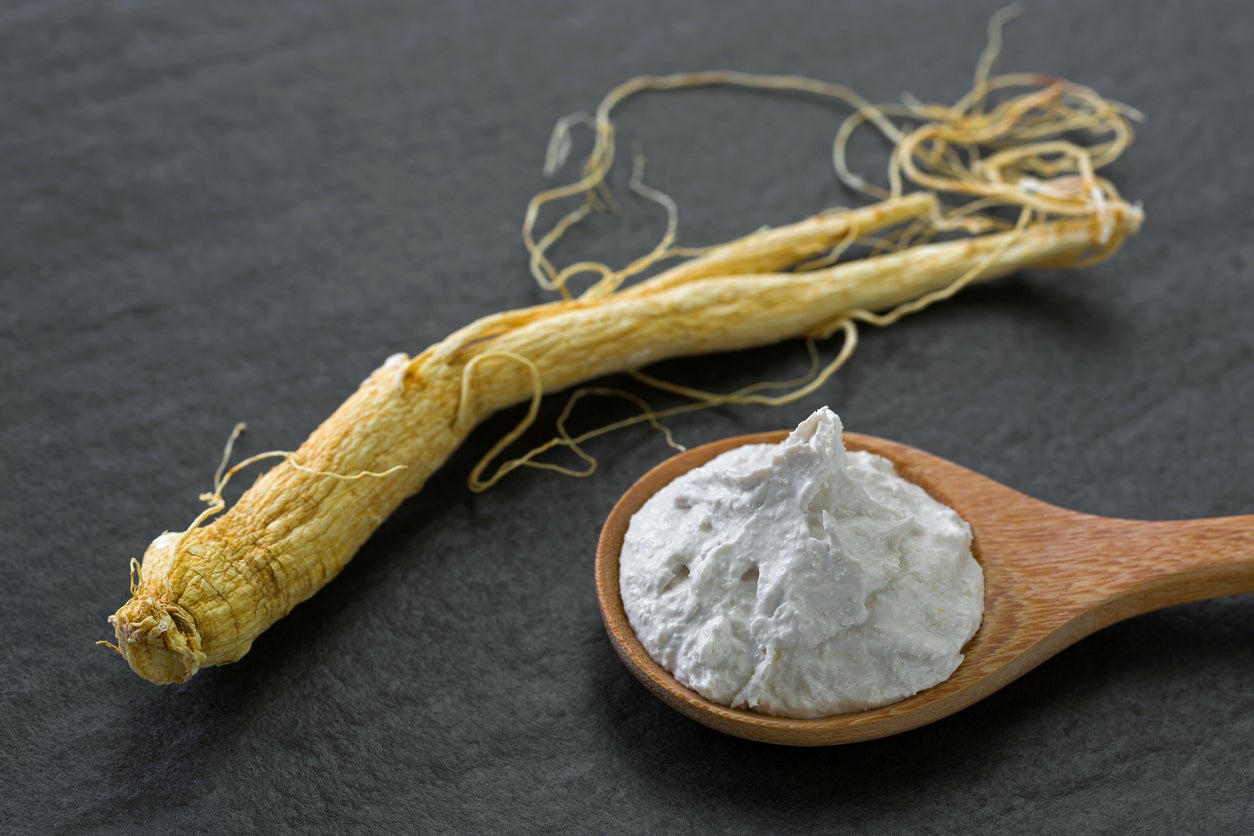 Medicinal Ginseng Remedies – Using Ginseng For Health Benefits
Medicinal Ginseng Remedies – Using Ginseng For Health BenefitsIn Asia, medicinal ginseng dates back several centuries. In North America, herbal ginseng use dates back to the early settlers, who used the plant to treat a number of conditions. Is ginseng good for you? What do medical experts say about using ginseng for health? Find out here.
By Mary H. Dyer
-
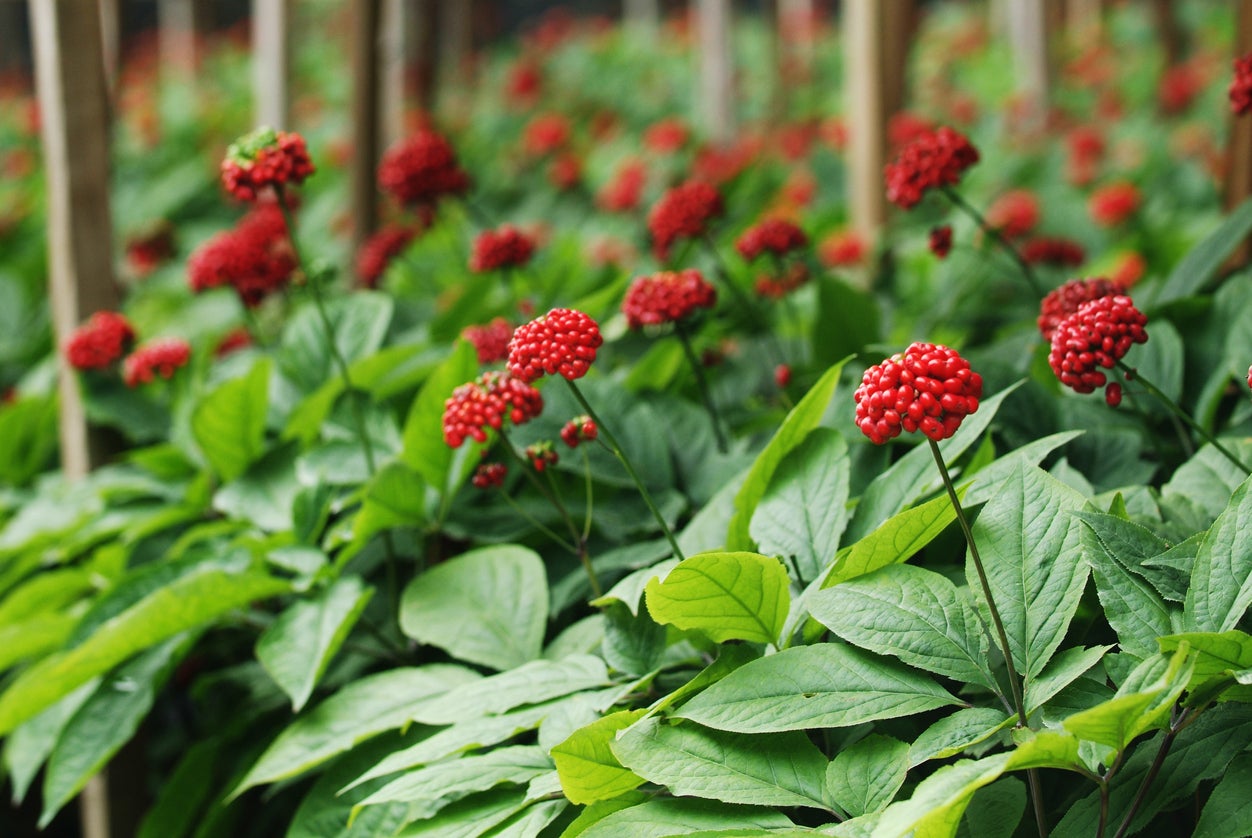 Ailing Ginseng Plants – Identifying Common Ginseng Problems
Ailing Ginseng Plants – Identifying Common Ginseng ProblemsGinseng is a great plant to grow because you can enjoy a lot of potential health benefits from using the medicinal root. Unfortunately, there are a lot of ginseng problems you may encounter in the garden, as this is not the easiest plant to grow. Learn more here.
By Mary Ellen Ellis
-
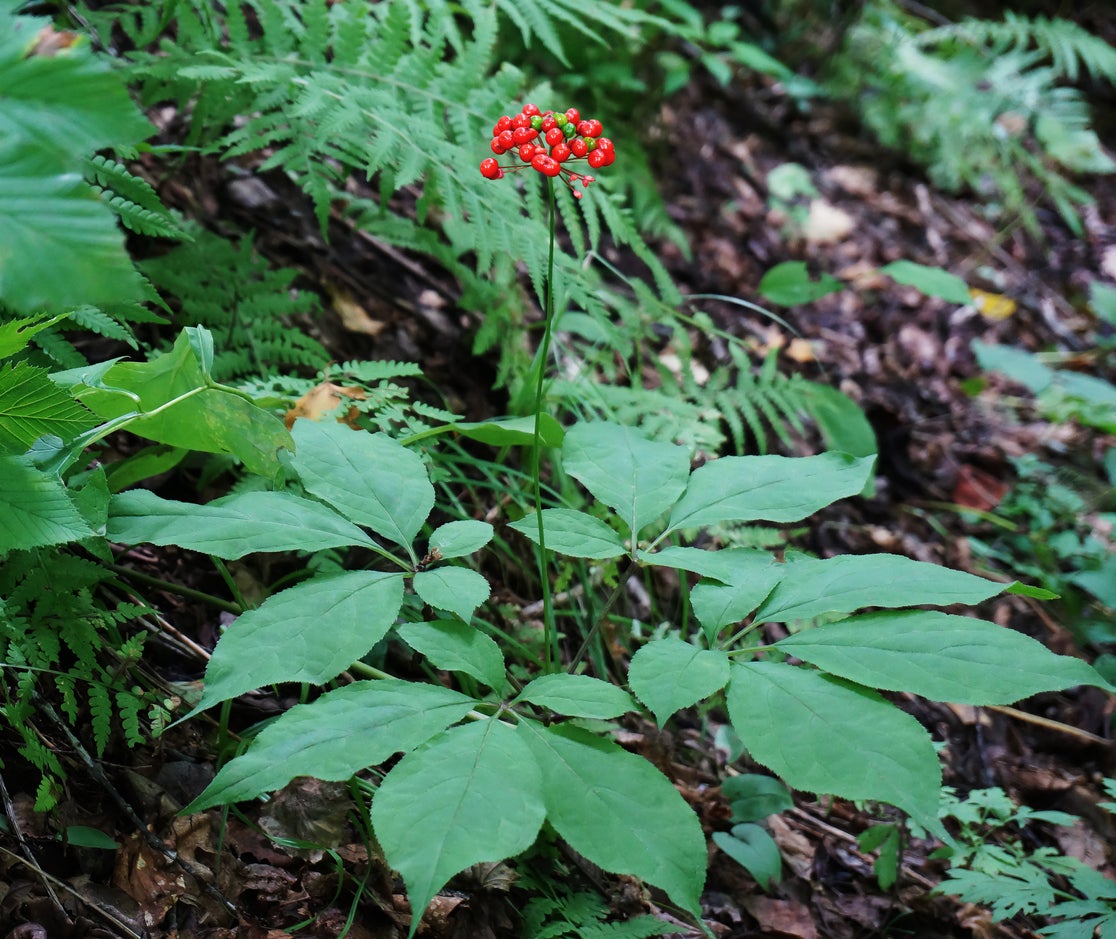 Potted Ginseng Care: Can You Grow Ginseng In Containers
Potted Ginseng Care: Can You Grow Ginseng In ContainersGinseng prefers to grow outdoors, either in beds or in pots. If you have questions about growing ginseng in containers, click here. We’ll give you information about potted ginseng including tips to help container-grown ginseng thrive.
By Teo Spengler
-
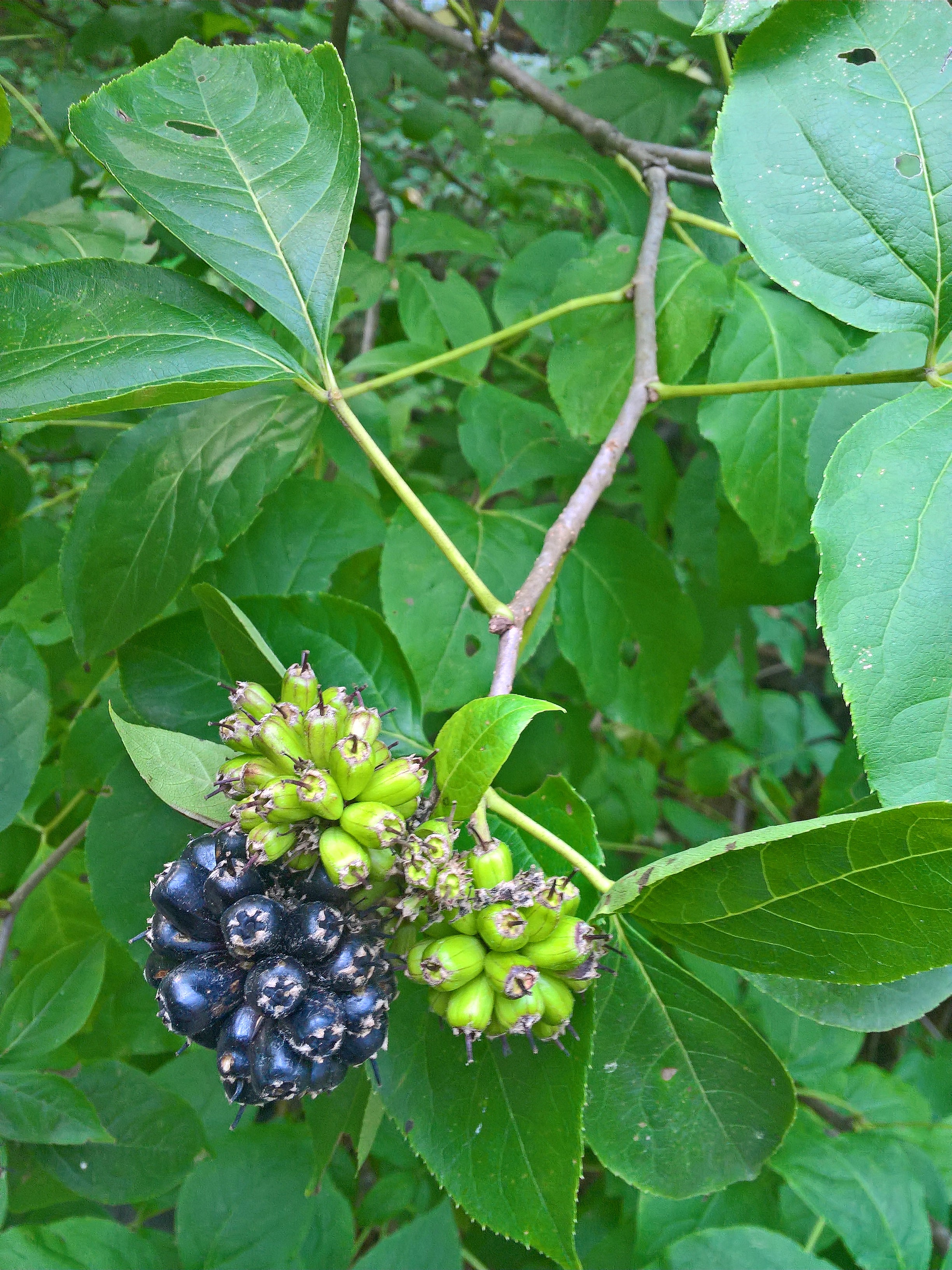 Varieties Of Ginseng For The Home Gardener
Varieties Of Ginseng For The Home GardenerThere are several types of ginseng on the market today, including a few varieties of “ginseng” that are similar in many ways, but aren’t actually a true ginseng. Click on the following article to learn more about different types of ginseng.
By Mary H. Dyer
-
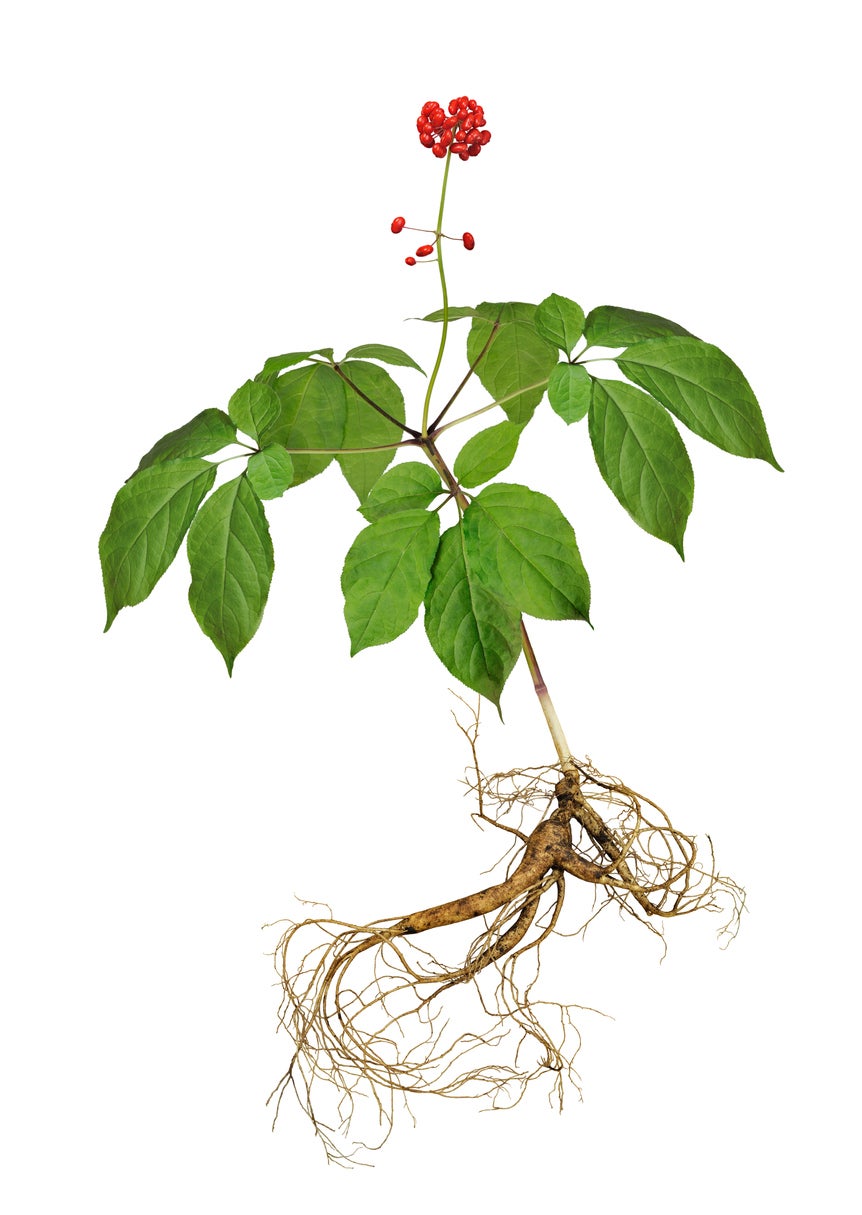 Is Ginseng Edible – Information On Edible Ginseng Plant Parts
Is Ginseng Edible – Information On Edible Ginseng Plant PartsGinseng medicinal uses date back many hundreds of years. The plant has been a valuable herb in the United States since the days of the early settlers, and today, is outsold only by ginkgo biloba. But is ginseng edible? Click the following article to learn more.
By Mary H. Dyer